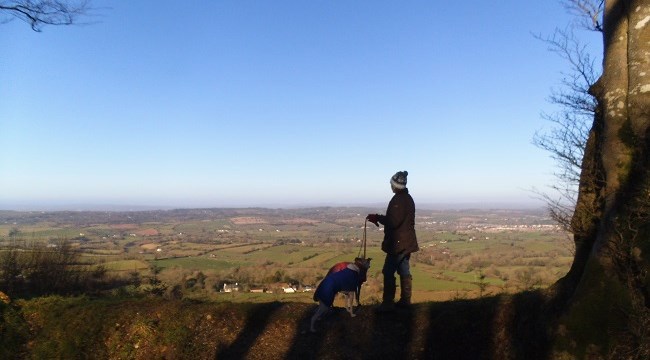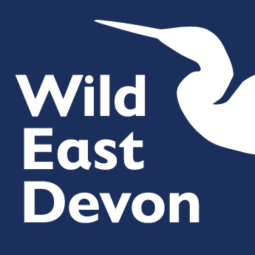Fire Beacon Hill Local Nature Reserve
Content

A Rare Habitat Stepped in History
Fire Beacon Hill was once the site of one of the beacons used to inform Elizabethan London of the approaching Spanish Armada. At that time the entire East Hill escarpment would have been covered in lowland heath vegetation, similar to that found here.
Today, just this small patch remains, as lowland heath has disappeared due to forestry plantation and agricultural improvement, making this habitat increasingly uncommon.
A habitat which is rarer than rainforest, heathland supports an incredible variety of wildlife and flora.
Fire Beacon Hill is owned by Sidmouth Town Council, and the Countryside Team work in partnership with the RSPB Aylesbeare team to maintain the heathland and run events here.
Home to Rare Heathland Wildlife
Yellowhammers breed on the Local Nature Reserve, as does the nationally scarce Dartford warbler. Look out for them skulking amongst the low growing bushes. A good tip to spotting ‘Darties’ is to look out for the more conspicuous stonechat. These beautiful birds sit prominently on trees and shrubs making a distinctive call, like two stones being hit together. When you see a stonechat, look in the bushes beneath and you may be lucky enough to see a Dartford warbler, using the stonechat above as a sentry keeping watch.
Nocturnal nightjars can be seen hawking for food at dusk and dawn. During the day they remain perfectly camouflaged, nesting on the ground.
Grayling butterflies breed on the nature reserve. About the same size as a tortoiseshell, graylings are often disturbed into flight while sunbathing on the paths.
A small number of Exmoor ponies and Belted Galloway cattle are grazed in a fenced area of the site as part of the management plan.
Plan Your Visit
- Parking: Small layby parking, or park at White Cross car park and walk into the reserve.
- Location: From the A3052, heading towards Sidmouth from Newton Poppleford, turn left off the main road at the Bowd Inn, signposted Ottery St Mary. Take the first turning right and then next left, 100 metres further on there is a public footpath to the right, leading directly up to the top of the hill. The site does not have a postal address. The nearest postcode is EX10 0ND.
- What3words: Core Hill Road Car Park ///withdraw.gushes.motivates Top of hill ///nights.defend.introduce
- Walking Information: On a clear day you can almost see from Berry Head to Portland, the entire length of Lyme Bay. The site is criss-crossed with bridleways, footpaths, fire-breaks and the East Devon Way, so exploring on foot is easy. Paths are uneven and may be muddy in wet weather.
- Access: The steep gradients and uneven nature of the footpaths and bridleways make it unsuitable for wheelchair access.
- Dogs: Dogs are welcome but must be kept under close control, and owners should clean up after them.
- Facilities: Benches.
Opening Hours
Fire Beacon Hill like all East Devon District Council nature reserves is open to the public free of charge year-round.
Directions
Find directions to Fire Beacon Hill Local Nature Reserve nature reserve with Google Maps.
